ULatina Costa Rica student Mauricio Ernesto Rodriguez Alas recently took part in the National Radio Astronomy Observatory’s NINE program.
In this week’s blog we will meet Mauricio Ernesto Rodríguez Alas, a final year Software Engineering student at the University of Costa Rica.
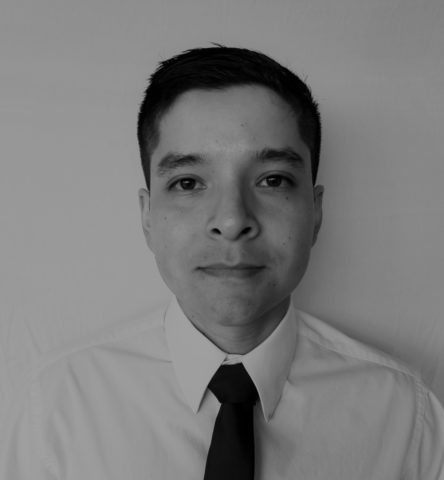
I had the opportunity of collaborating with Maurico in our recent JPL Speaks to Costa Rica web conference series. Maurico grew up in El Salvador and moved to Costa Rica when he was 17. When he is not working on space-related projects and studying, he enjoys practicing archery. In this interview, Maurico shares his recent online training experience with the National and International Traditional Exchange program (NINE) which is operated by the National Radio Astronomy Observatory
(NRAO). The NRAO operates one of the world’s largest radio telescopes near Green Bank, West Virginia.
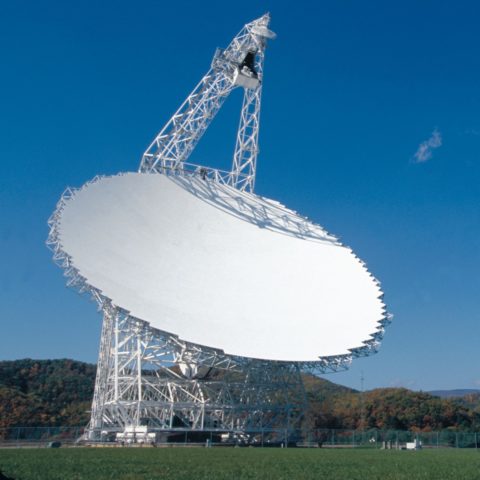
Why are engineering students like yourself involved in astronomy related programs?
The idea of the program is to bring in students from various disciplines around the USA and the rest of the world. Radio astronomy is a broad field and engineering, computer science, and other majors are welcome and encouraged to collaborate.
What is the NINE Program?
The NINE program provides learning opportunities in radio astronomy for people from non traditional backgrounds. The main goals are to increase the abilities of students and researchers in using radio astronomy related software, and to teach them transferable skills that they can bring back to their home countries and institutions. Another goal is creating radio astronomy hubs in the participant’s home country.
What did you do during the program?
The first week I received a crash course on most topics related to radio astronomy: history, how it works, physics principles, antenas, interferometry, pulsars, black holes, exoplanets, nebulae. I also had the chance to collaborate on small presentations talking about HII regions and using the 20 meter radio telescope remotely.
After that, as a NINE program participant, I got to work with my mentors on two projects:
- A technical project: a VLASS image classifier using Machine Learning in Pytorch
- A project management project: structuring all the project work for the establishment of the NINE Virtual Hub in Costa Rica.
I also had the chance to participate in the Scientific Python Conference 2020. And to prepare for the Certificate Associate in Project Management, all paid for by the NRAO.
What was it like completing this program remotely?
Challenging! It was all online classes, and online collaboration, so something definitely got lost: connecting with your peers, collaborating, chatting with your mentors. Nonetheless the NINE team and mentors were able to transfer the program online successfully. Also, my background is not in astronomy or physics, which made things harder.
What is VLASS?
It means Very Large Array Sky Survey, and it will map 80 percent of the sky in three phases over seven years and is expected to catalog approximately 10 million radio sources. The survey will collect data from powerful, cosmic sources that will allow the scientific community to image supernova explosions, gamma-ray bursts, and the collisions of neutron stars that are obscured from visible-light telescopes by thick clouds of dust. The VLA’s ability to see through dust and clouds will make the survey an important tool in the discovery of new radio objects. You can find more info here
https://public.nrao.edu/vlas
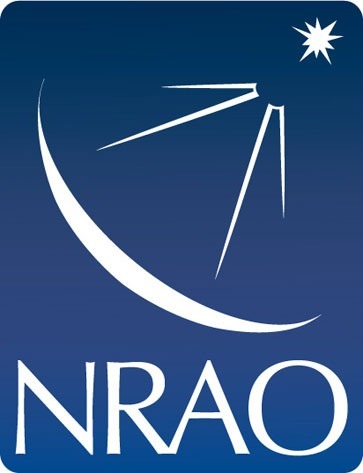
What have you been doing since you completed the program?
We are creating the NINE Hub Costa Rica, dedicated to promoting radio astronomy in the country and in the region. The goal of the hub is also to increase the quality of courses offered related to astronomy, Python programming, and other topics. Follow Nine Hub CR for our courses and informational posts. https://www.instagram.com/ninehub.cr/
Who is supporting you through this process?
The host institution is Astrophysics for Central America and the Caribbean. ( Alpha-Cen). Alpha-Cen is run by an Executive Committee of scientists and professors from the Central America Region. It’s an NGO whose objective is to promote astronomical sciences in all its forms throughout the region: supporting students, faculty, and professionals to apply for internships, post-graduate studies, and congresses, to foster scientific collaboration and outreach. Antonio Porras is a board member of Alpha-Cen, and helped me through the application process. I’m deeply thankful to him and every member of Alpha-Cen that supported me.To learn more about each of their members please visit this link https://ecfm.usac.edu.gt/jrsacahui/AstroCentro/Comite.html
How did you get involved in the program?
Last year I was lucky to participate in a radio astronomy gathering at the Federated College of Engineers and Architects, organized by the Society of Women in Space Exploration. The speaker was Alejandro Saravia, who was the NINE program participant from last year, from Honduras.
We received an introduction to radio astronomy and a quick glance at how interferometry works, what kind of objects we can see in the radio spectrum. Alejandro also talked to us about the NINE program and how we could apply.
I decided to apply and with the help of Alpha-Cen, I was able to apply, so it’s all thanks to them! As an international student I received a stipend for participating in the program.
What are your personal and professional plans?
To continue to help advance astronomy and its related fields with the help of open software and electronics, and to foster interest in the country and the region. To pursue my graduate studies in the following years.
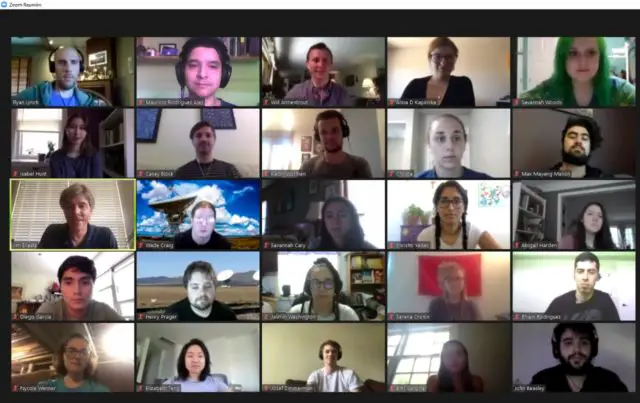
What advice would you give students interested in these fields?
To students I will say: never settle, keep looking, follow your interests, and always ask how can you teach and help others along the way, it’s great learning for you and everyone involved! Work hard and don’t be discouraged by setbacks or obstacles. Mishaps are the only things that are guaranteed in your journey, but that should not stop you!
And finally, what are your thoughts about the possibility of discovering life on other planets and where do you think we will be in 30 years in Exoplanet research?
Just by pure probability and number of planets out there, the possibility of discovering life is a matter of time as we improve and develop bio signature detection tools.
In 30 years I hope we will be at a point where we can analyze exoplanets’ atmospheres and their composition, and get better measurements of the key indicators. Upcoming space missions and telescopes, and missions that are in the works will be key for this.
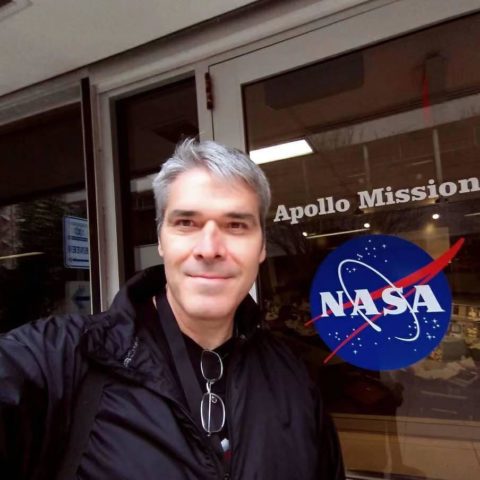
Bruce Callow is a Canadian teacher and co-author of the book To the Stars: Costa Rica in NASA. He does space education outreach work on behalf of NASA.
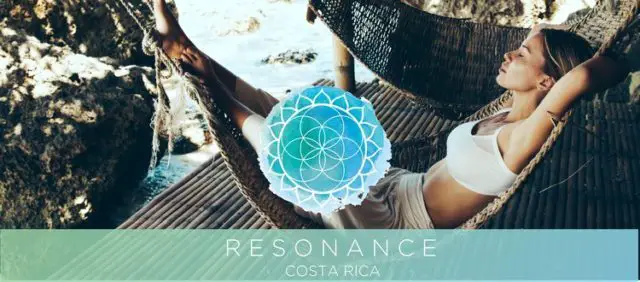

Thank you for your kind opinion.